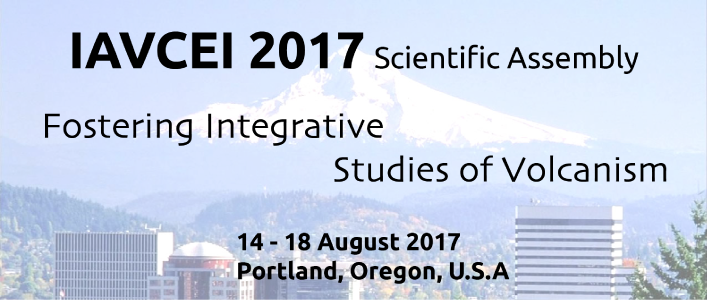SCIENTIFIC PROGRAM
VI. Volcanoes, energy and resources
VI.2 New approaches to understanding magma and volatile evolution, sub-volcanic intrusions and porphyry ore mineralisation
Conveners:
Madeleine Humphreys, Durham University
Richard Herrington, Natural History Museum
Richard Brooker, University of Bristol
Victoria Smith, University of Oxford
Alison Rust, University of Bristol
John Dilles, Oregon State University
In this session we aim to bring together the petrology-volcanology and economic geology communities, to explore consensus and differences in their current perspectives on sub-volcanic magmatic and hydrothermal processes, including new interpretations based on volatiles in hydrous minerals. Recent developments in magma petrology and volcanology have shown that arc magmas are very volatile-rich, with significantly higher water contents than previously thought; they typically form mushy, immobile reservoirs through incremental intrusion and mixing; and may undergo decoupling of magma and exsolved volatiles. Water, halogens, CO2 and sulphur all play an important role in magmatic processes, from fractionation to degassing and ore mineralisation. Volatile-bearing minerals (e.g. apatite, amphibole) represent a particularly under-utilised potential record of changing volatile compositions and can offer new insights into these processes. There is also much that volcanologists can learn about subvolcanic magma systems from the wealth of evidence exposed by exploration and mining. We welcome contributions bringing new insights from both economic and petrological perspectives.


